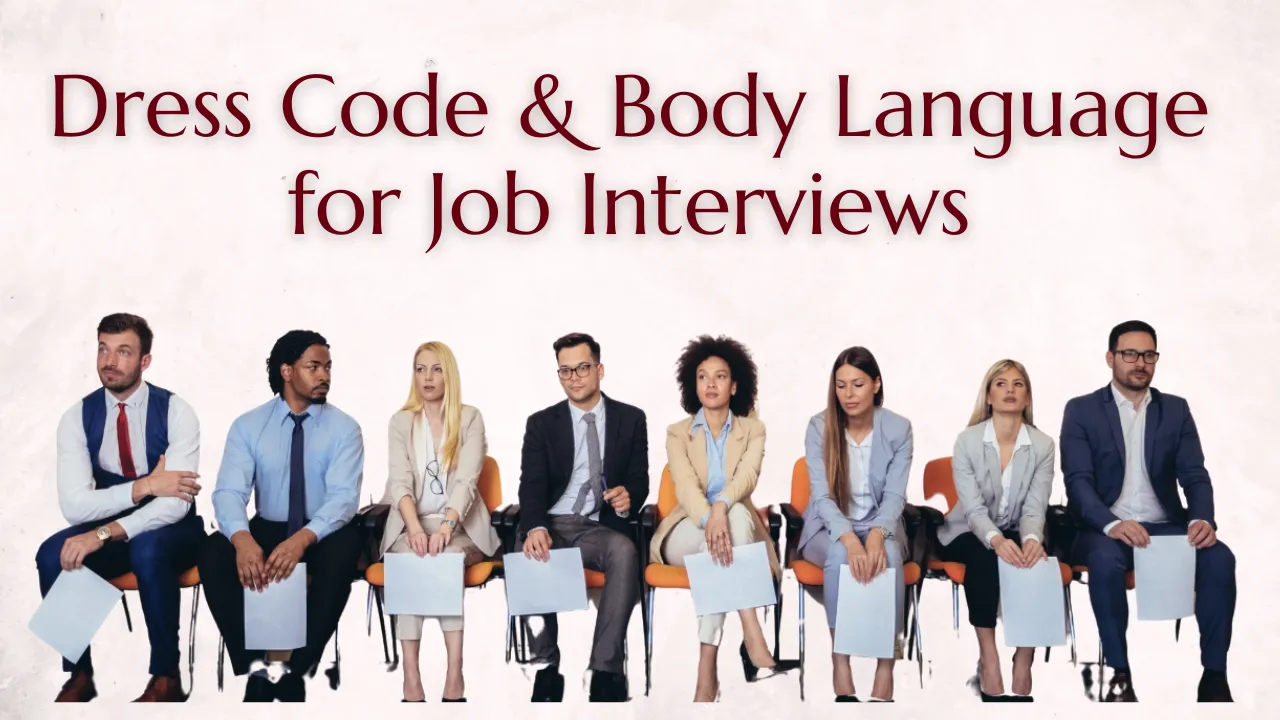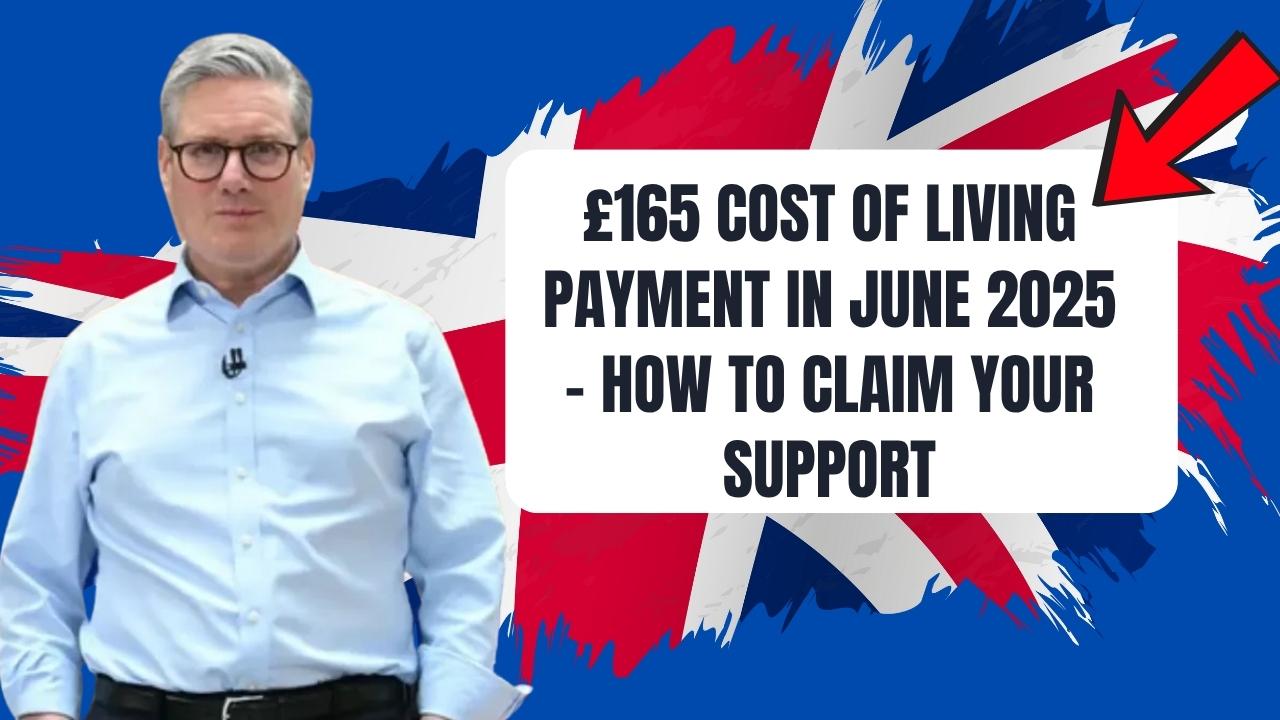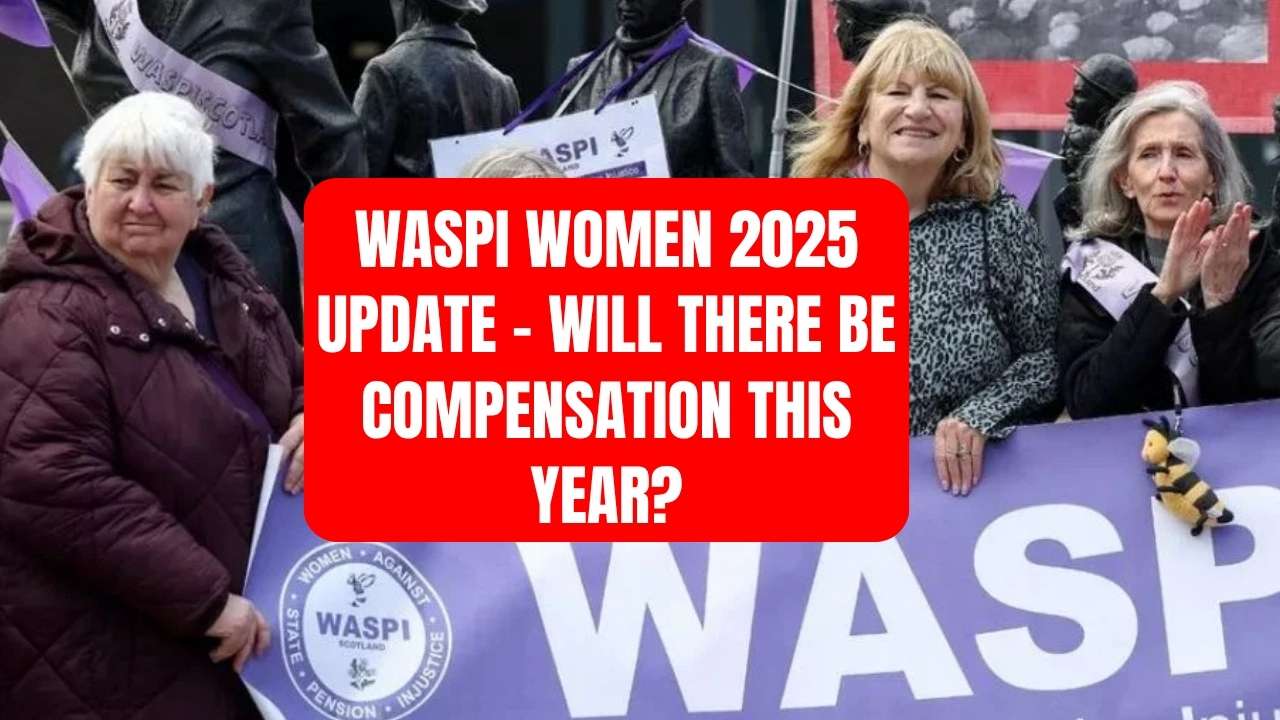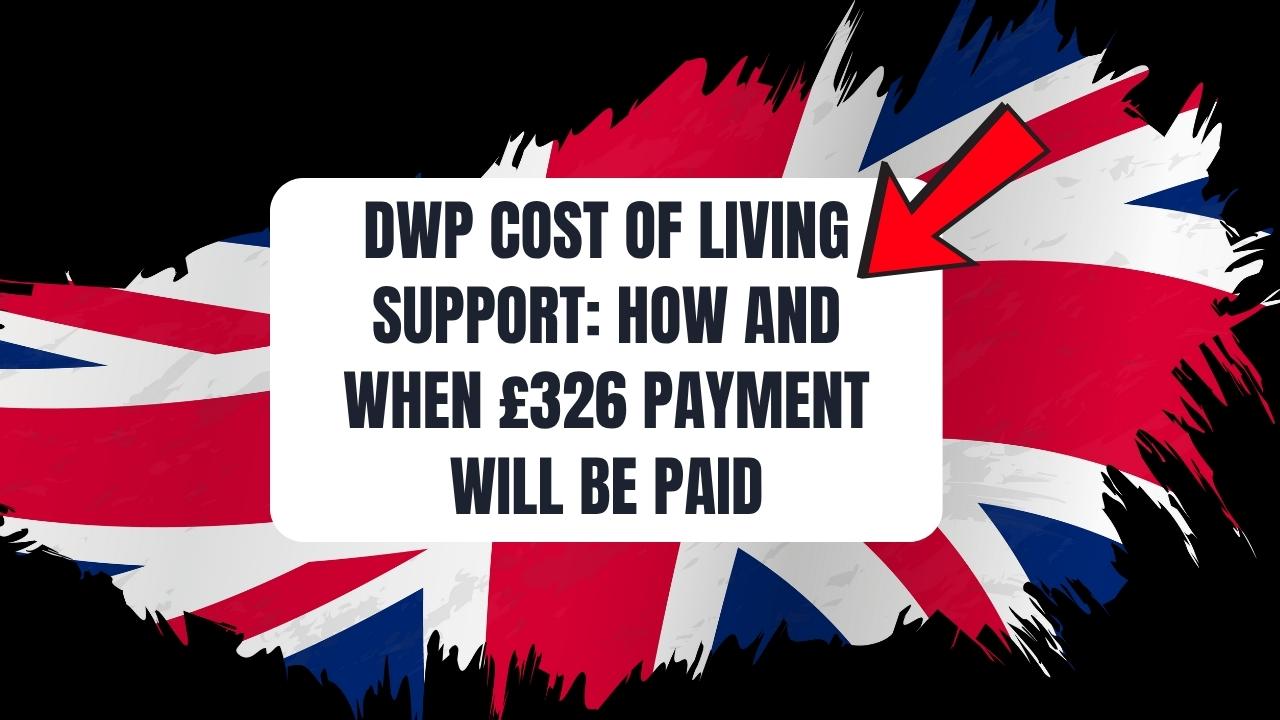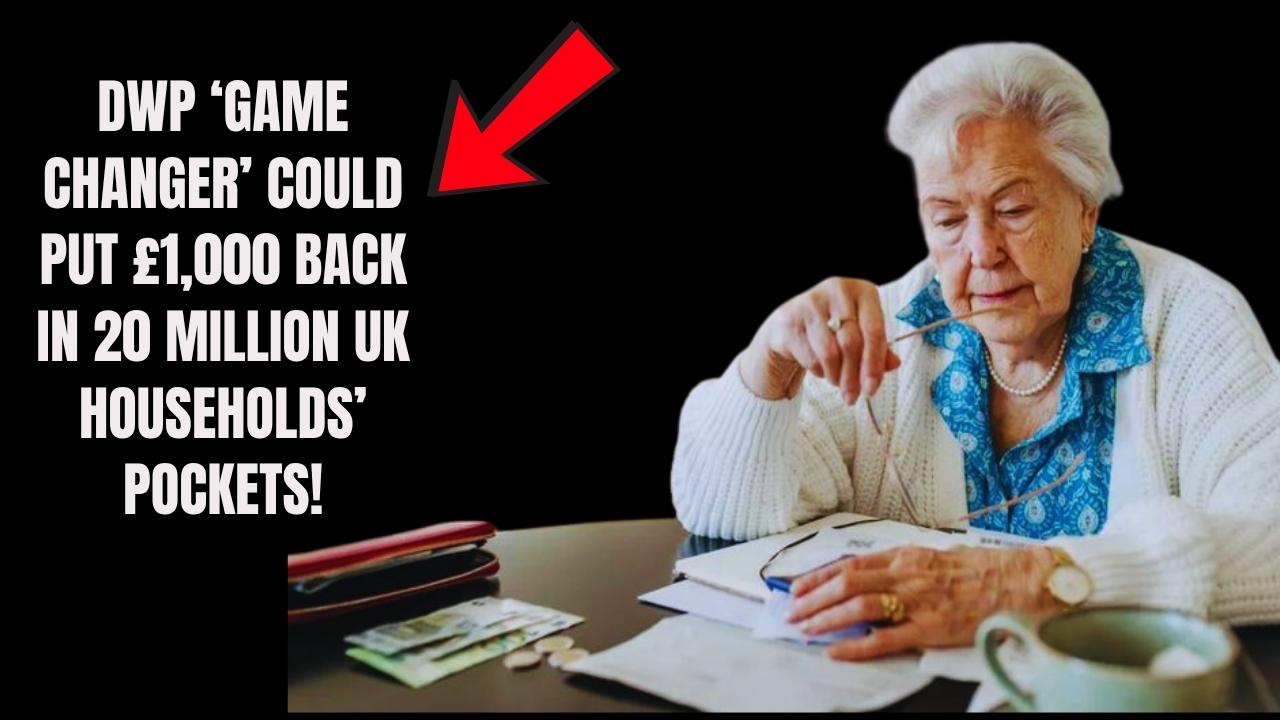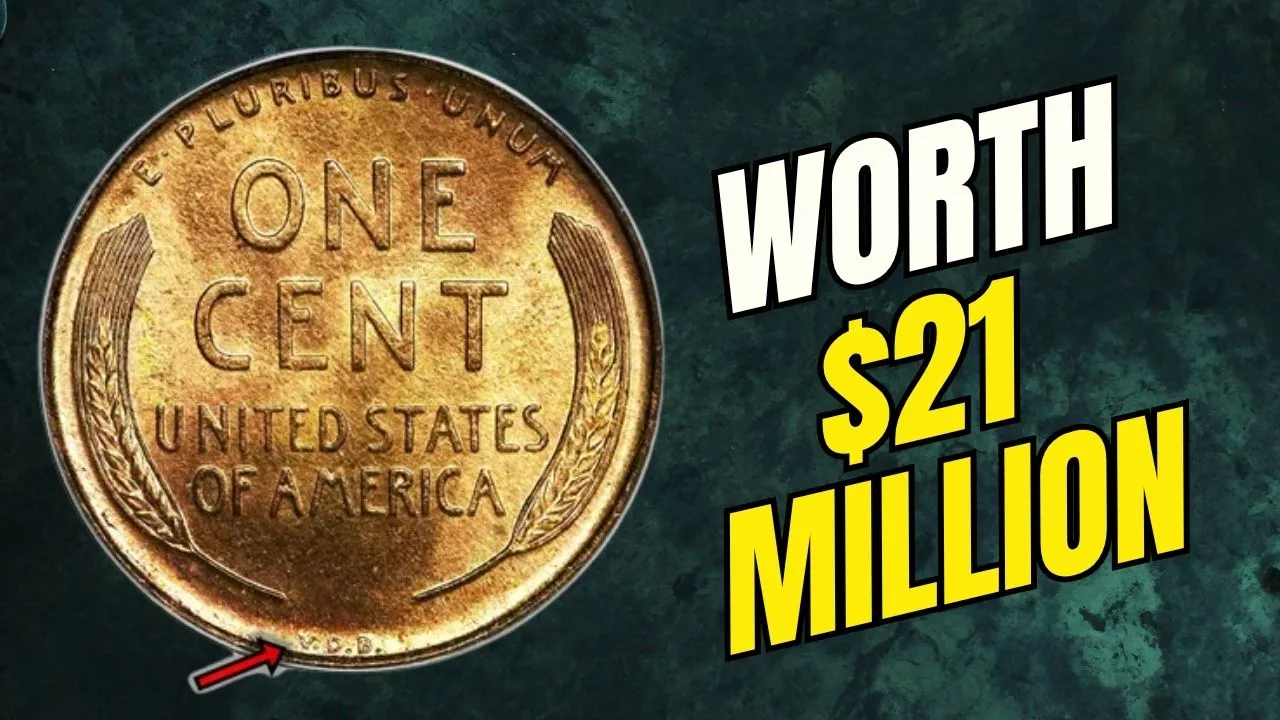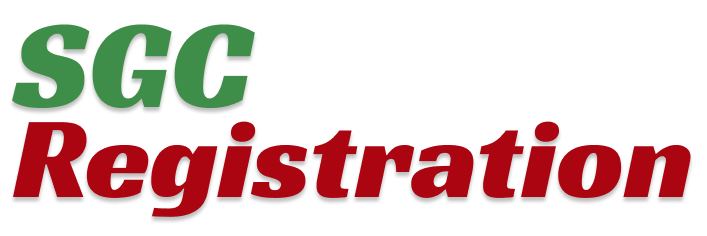Dress Code & Body Language for Job Interviews: Dress Code & Body Language for Job Interviews plays a major role in how interviewers perceive a candidate before and during a conversation. First impressions are often formed within seconds, and both your outfit and your physical cues can help set a confident tone or create doubt in the employer’s mind.
In this article, we’ll explain the importance of dressing appropriately and using the right body language in job interviews. You’ll get practical advice on how to look and act the part for different industries, what mistakes to avoid, and how to boost your non-verbal communication to make a lasting impression. Whether you’re a fresher or experienced professional, this guide will help you prepare for interviews with confidence.
Why Dress Code Matters in Interviews
The way you dress tells a lot about how serious you are about the job. Dressing professionally shows that you respect the opportunity and are ready to represent the company. A proper dress code is also seen as a sign of discipline, self-respect, and good preparation.
Different industries have different expectations. For example, formal business attire is suitable for finance or law jobs, while smart casual might be acceptable for creative or tech roles. The key is to research the company culture in advance and match your outfit accordingly. Neutral colors, clean clothes, and well-groomed appearance work well in most settings.
The Power of Body Language
Body language speaks even before you say a word. It includes how you sit, walk, shake hands, make eye contact, and even your facial expressions. Positive body language helps in building trust, showing confidence, and creating a connection with the interviewer.
Simple things like sitting upright, smiling gently, maintaining eye contact, and nodding while listening show that you are interested and respectful. Avoiding common negative signals like crossing arms, looking down, or fidgeting will also improve your chances of making a good impression.
How to Dress for Different Interview Types
1. Corporate Jobs (Banking, Law, Consultancy)
Go with formal attire. Men should wear a well-fitted suit, tie, and polished shoes. Women can wear a suit, blouse, and closed-toe shoes. Keep accessories and makeup minimal.
2. Creative or Start-up Roles (Design, Tech, Media)
Smart casual works here. A neat shirt or blouse with clean trousers or a skirt is often enough. You can express a bit of personality but avoid being too flashy or underdressed.
3. Remote or Video Interviews
Even if the interview is online, your dress code still matters. Wear professional clothing on the top half, at the very least. Also, choose a clean and distraction-free background with good lighting to support your body language through the screen.
Key Body Language Tips for Interviews
1. Eye Contact
Keep natural eye contact to show you are confident and honest. Avoid staring too hard or looking away too much, as both can feel awkward.
2. Handshake and Posture
A firm but not overpowering handshake gives a great first impression. Sit with your back straight and feet flat on the ground. Lean slightly forward to show you are engaged.
3. Gestures and Facial Expressions
Use hand movements naturally to express points but don’t overdo it. Smile when appropriate, especially at the beginning and end of the interview. Your face should reflect your interest and energy.
Common Mistakes to Avoid
- Wearing wrinkled or flashy clothes
- Overusing perfume or cologne
- Slouching or folding arms during the conversation
- Checking your phone or looking distracted
- Talking too fast without using any gestures
These mistakes can give off a careless or nervous image, which might reduce your chances of getting the job.
List: Interview Dress Code Essentials
- Clean and ironed clothes
- Neutral or classic colors like black, navy, white, and gray
- Polished shoes
- Neatly combed hair
- Minimal accessories
- Subtle makeup or cologne
- Belt and matching socks (for men)
- Portfolio or file for documents
List: Body Language Do’s and Don’ts
Do’s:
- Smile naturally
- Keep good posture
- Make proper eye contact
- Use hand gestures while speaking
- Nod when listening
Don’ts:
- Avoid touching your face or hair
- Don’t cross your arms
- Don’t fidget with objects
- Avoid looking at the floor or ceiling
- Don’t lean back too much
FAQs
1. What is the ideal dress code for a formal interview?
For a formal interview, wear a suit and tie if you’re a man and a formal suit or blouse and skirt if you’re a woman. Neutral colors work best.
2. Can I wear jeans for a job interview?
It depends on the company. For creative or casual workplaces, clean dark jeans might be okay, but for most professional roles, avoid them.
3. How can I improve my body language in interviews?
Practice in front of a mirror or record yourself. Focus on your posture, smile, and eye contact. Also, stay relaxed and don’t overthink your movements.
4. Is body language more important than what I say?
Both are important, but body language supports your words. Confident non-verbal signals make your answers more believable.
5. Should I dress formally for a virtual interview?
Yes, at least the upper half should be professional. Dressing well helps you feel more confident and leaves a positive impression.
Final Thought
Your Dress Code & Body Language for Job Interviews are your first chance to show that you’re a great fit for the job. A good outfit and confident non-verbal behavior can help you stand out even before you start answering questions. Don’t let these simple things work against you. Prepare well, stay confident, and let your personality shine.
If you found this article helpful, feel free to comment below or share it with someone preparing for interviews. You can also check your horoscope to see if now is the perfect time for a job change!
